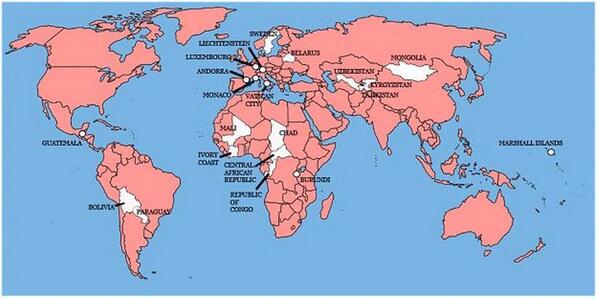Information organization and the philosophy of history by Ryan Shaw. (Shaw, R. (2013), Information organization and the philosophy of history. J. Am. Soc. Inf. Sci., 64: 1092–1103. doi: 10.1002/asi.22843)
Abstract:
The philosophy of history can help articulate problems relevant to information organization. One such problem is “aboutness”: How do texts relate to the world? In response to this problem, philosophers of history have developed theories of colligation describing how authors bind together phenomena under organizing concepts. Drawing on these ideas, I present a theory of subject analysis that avoids the problematic illusion of an independent “landscape” of subjects. This theory points to a broad vision of the future of information organization and some specific challenges to be met.
You are unlikely to find this article directly actionable in your next topic map project.
On the other hand, if you enjoy the challenge of thinking about how we think, you will find it a real treat.
Shaw writes:
Different interpretive judgments result in overlapping and potentially contradictory organizing principles. Organizing systems ought to make these overlappings evident and show the contours of differences in perspective that distinguish individual judgments. Far from providing a more “complete” view of a static landscape, organizing systems should multiply and juxtapose views. As Geoffrey Bowker (2005) has argued,
the goal of metadata standards should not be to produce a convergent unity. We need to open a discourse—where there is no effective discourse now—about the varying temporalities, spatialities and materialities that we might represent in our databases, with a view to designing for maximum flexibility and allowing as much as possible for an emergent polyphony and polychrony. (pp. 183–184)
The demand for polyphony and polychrony leads to a second challenge, which is to find ways to open the construction of organizing systems to wider participation. How might academics, librarians, teachers, public historians, curators, archivists, documentary editors, genealogists, and independent scholars all contribute to a shared infrastructure for linking and organizing historical discourse through conceptual models? If this challenge can be addressed, the next generation of organizing systems could provide the infrastructure for new kinds of collaborative scholarship and organizing practice.
Once upon a time, you could argue that physical limitations of cataloging systems meant that a single classification system (convergent unity) was necessary for systems to work at all.
But that was an artifact of the physical medium of the catalog.
The deepest irony of the digital age is continuation of the single classification system requirement, a requirement past its discard date.
